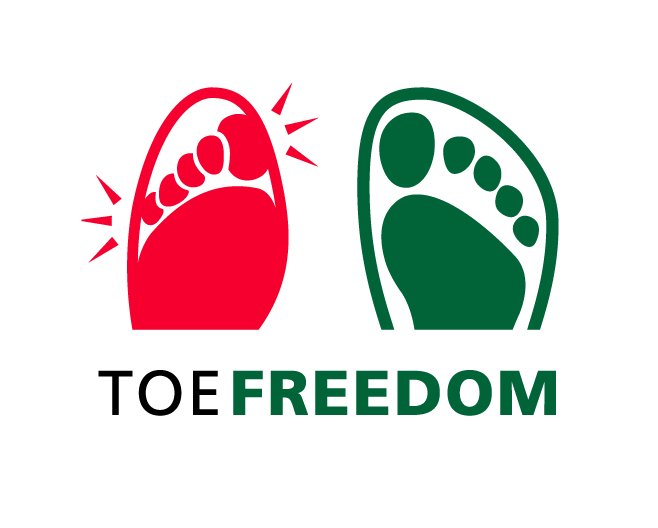
YOUR SHOE WIDENESS
to find the perfect fitting shoe
Even with the correctly selected shoe size, it often happens that you slip around uncomfortably in the shoe and have no grip. Or the toes are compressed laterally, which enormously restricts the freedom of movement in the shoe. To counteract this, the shoe wideness plays a major role even before the purchase. Because this determines the stability and comfort in the shoe.
The shoe wideness indicates the volume of the foot around the ball of the foot and the toes. It is best to measure the shoe wideness in the evening, because the feet expand by a few millimeters during the course of the day. Stand barefoot on the floor and measure the widest part of the front of the feet with a tape measure. Place the tape measure once around the ball of the foot, so you can easily measure your foot volume. The shoe wideness decides how much space you need in the front toe area and which shoe shape you should fall back on.
BÄR Natural
Wide fit - for normal to wide feet
Natural is suitable for normal to wide feet and has enough room for the toes. It has a slightly flatter cut in the forefoot area than the Comfort version.
BÄR Comfort
Wide fit - For normal to strong feet
Comfort offers normal to stronger feet a little more space and ensures comfortable freedom of movement.
BÄR Comfort Plus
Extra wide fit - for very strong feet
Maximum freedom for wide and very strong feet: more height, more width, no pressure points. Ideal if your foot simply needs more room without being constricted.
More about the wearing feeling and the different forms and degrees of damping can be found at the following link:
Basic condition for the health of your feet

Shoes that are too tight cause the toes to squeeze and cramp. This can quickly lead to discomfort and pain in everyday activities. Toes are important sensors and give the body stability and balance. With the right footwear, posture problems are prevented by the anatomical balance of the spine, intervertebral discs are relieved and joints are protected. The illustration shows how the feet can assume their normal barefoot shape in the BÄR shoe.
Your feet will thank you!
Foot deformities - The consequences of too tight shoes
In the case of so-called hammer toes, or claw toes, the toes are compressed in the front of the shoe and become crooked. After some time, they can no longer assume their original posture. Other malpositions of the feet such as splay, flat or bent feet can also lead to this. The pressure points that develop in the shoe often cause corns, which can cause pain. Even finding shoes becomes more and more difficult, because the shoes become too narrow in the toe area.



.jpg)


